Damien Anderson
Superstition in the Network: Deep Reinforcement Learning Plays Deceptive Games
Aug 12, 2019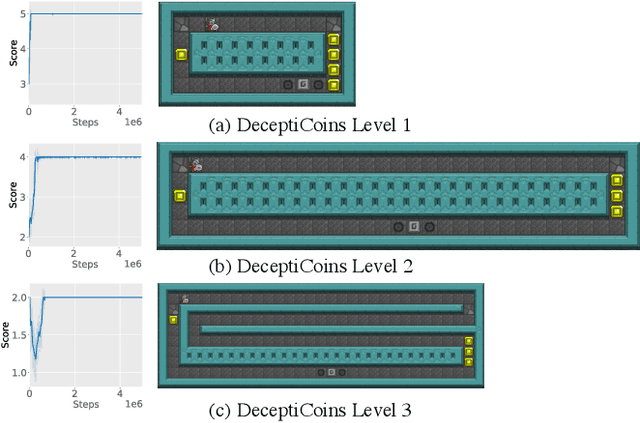
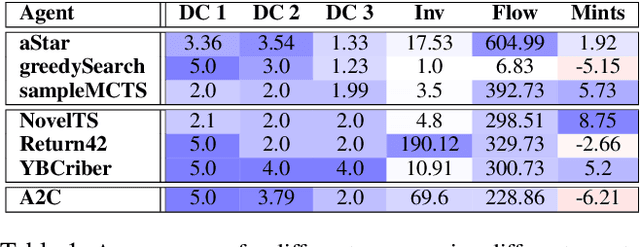
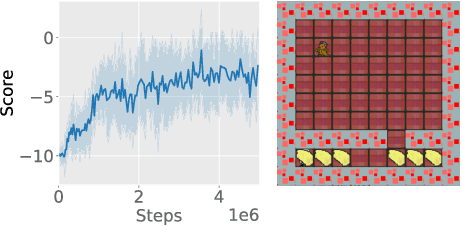
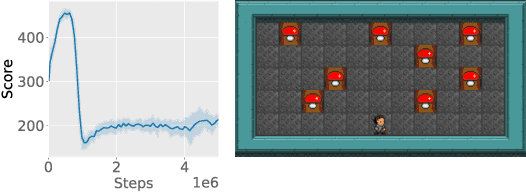
Abstract:Deep reinforcement learning has learned to play many games well, but failed on others. To better characterize the modes and reasons of failure of deep reinforcement learners, we test the widely used Asynchronous Actor-Critic (A2C) algorithm on four deceptive games, which are specially designed to provide challenges to game-playing agents. These games are implemented in the General Video Game AI framework, which allows us to compare the behavior of reinforcement learning-based agents with planning agents based on tree search. We find that several of these games reliably deceive deep reinforcement learners, and that the resulting behavior highlights the shortcomings of the learning algorithm. The particular ways in which agents fail differ from how planning-based agents fail, further illuminating the character of these algorithms. We propose an initial typology of deceptions which could help us better understand pitfalls and failure modes of (deep) reinforcement learning.
Ensemble Decision Systems for General Video Game Playing
May 26, 2019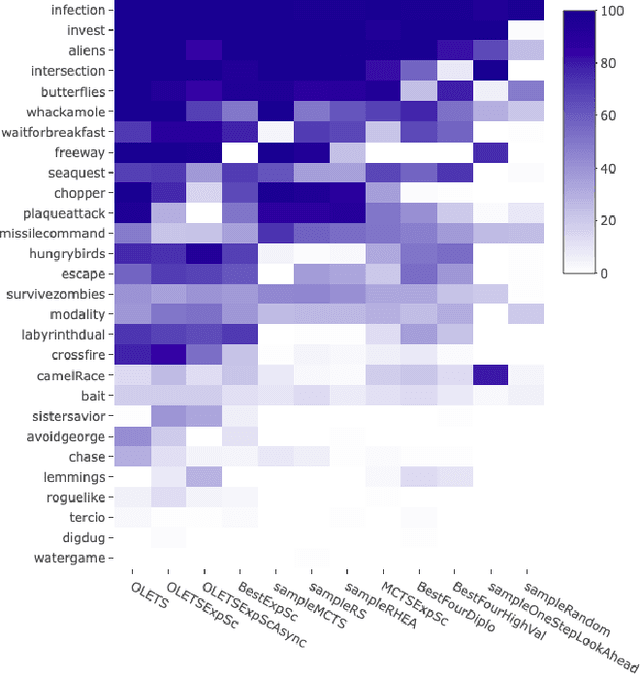
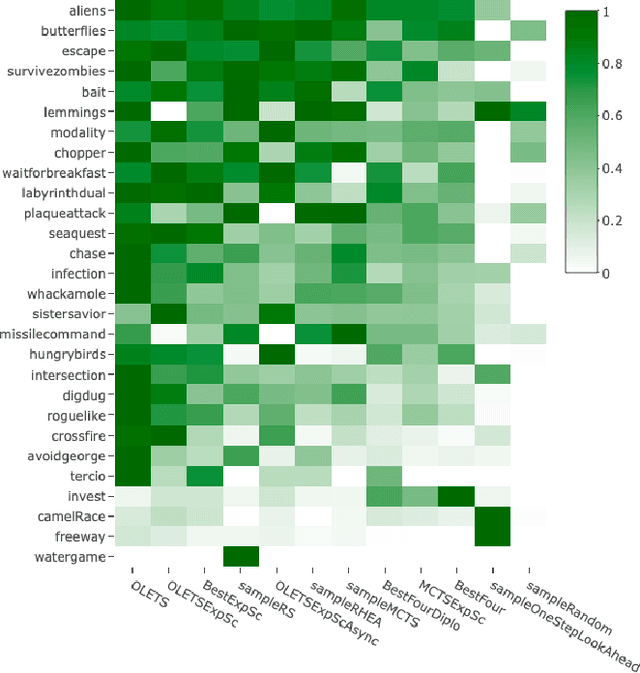
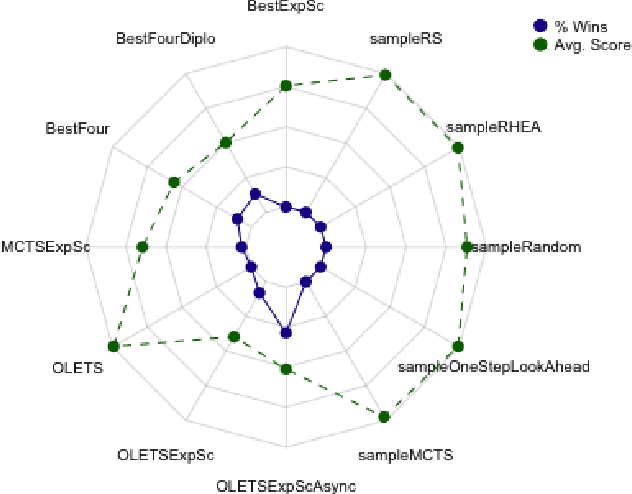
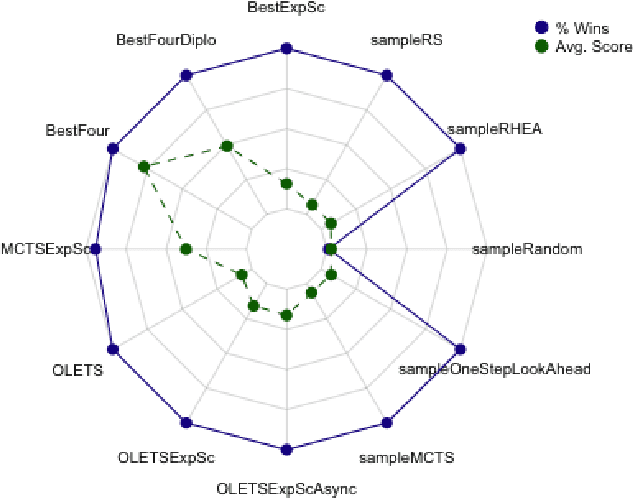
Abstract:Ensemble Decision Systems offer a unique form of decision making that allows a collection of algorithms to reason together about a problem. Each individual algorithm has its own inherent strengths and weaknesses, and often it is difficult to overcome the weaknesses while retaining the strengths. Instead of altering the properties of the algorithm, the Ensemble Decision System augments the performance with other algorithms that have complementing strengths. This work outlines different options for building an Ensemble Decision System as well as providing analysis on its performance compared to the individual components of the system with interesting results, showing an increase in the generality of the algorithms without significantly impeding performance.
A Continuous Information Gain Measure to Find the Most Discriminatory Problems for AI Benchmarking
Sep 11, 2018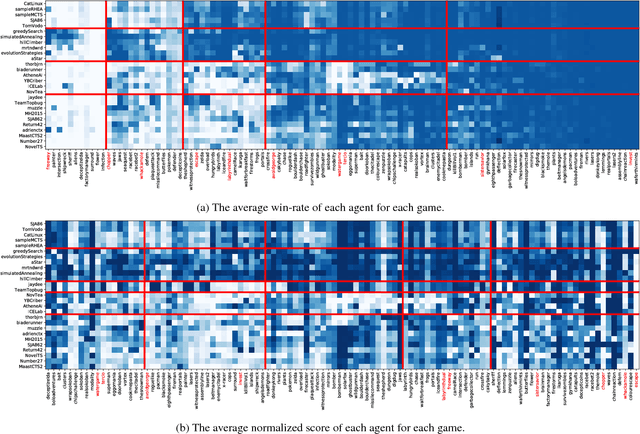

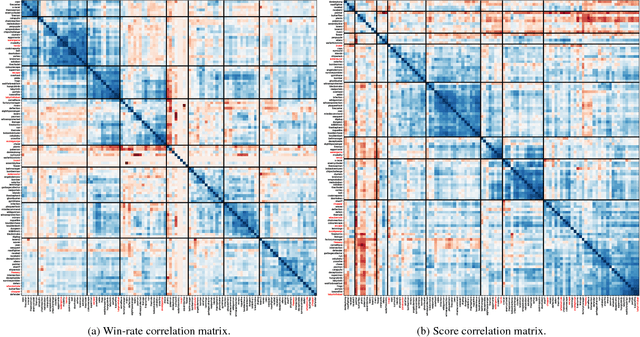
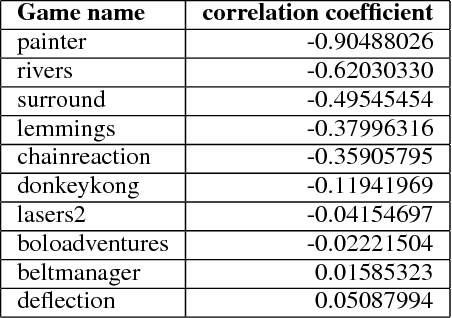
Abstract:This paper introduces an information-theoretic method for selecting a small subset of problems which gives us the most information about a group of problem-solving algorithms. This method was tested on the games in the General Video Game AI (GVGAI) framework, allowing us to identify a smaller set of games that still gives a large amount of information about the game-playing agents. This approach can be used to make agent testing more efficient in the future. We can achieve almost as good discriminatory accuracy when testing on only a handful of games as when testing on more than a hundred games, something which is often computationally infeasible. Furthermore, this method can be extended to study the dimensions of effective variance in game design between these games, allowing us to identify which games differentiate between agents in the most complementary ways. As a side effect of this investigation, we provide an up-to-date comparison on agent performance for all GVGAI games, and an analysis of correlations between scores and win-rates across both games and agents.
Deceptive Games
Feb 04, 2018
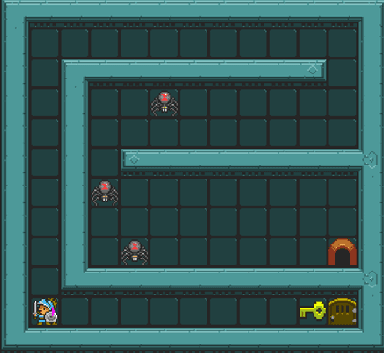
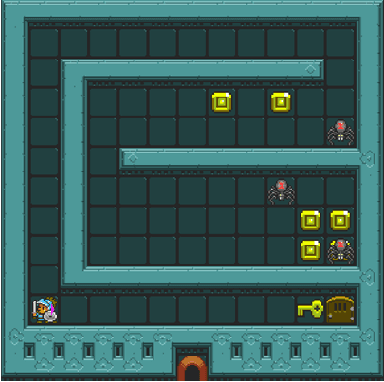
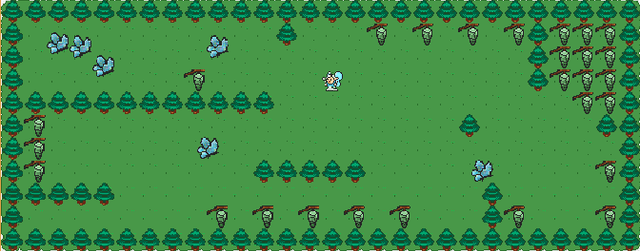
Abstract:Deceptive games are games where the reward structure or other aspects of the game are designed to lead the agent away from a globally optimal policy. While many games are already deceptive to some extent, we designed a series of games in the Video Game Description Language (VGDL) implementing specific types of deception, classified by the cognitive biases they exploit. VGDL games can be run in the General Video Game Artificial Intelligence (GVGAI) Framework, making it possible to test a variety of existing AI agents that have been submitted to the GVGAI Competition on these deceptive games. Our results show that all tested agents are vulnerable to several kinds of deception, but that different agents have different weaknesses. This suggests that we can use deception to understand the capabilities of a game-playing algorithm, and game-playing algorithms to characterize the deception displayed by a game.
 Add to Chrome
Add to Chrome Add to Firefox
Add to Firefox Add to Edge
Add to Edge